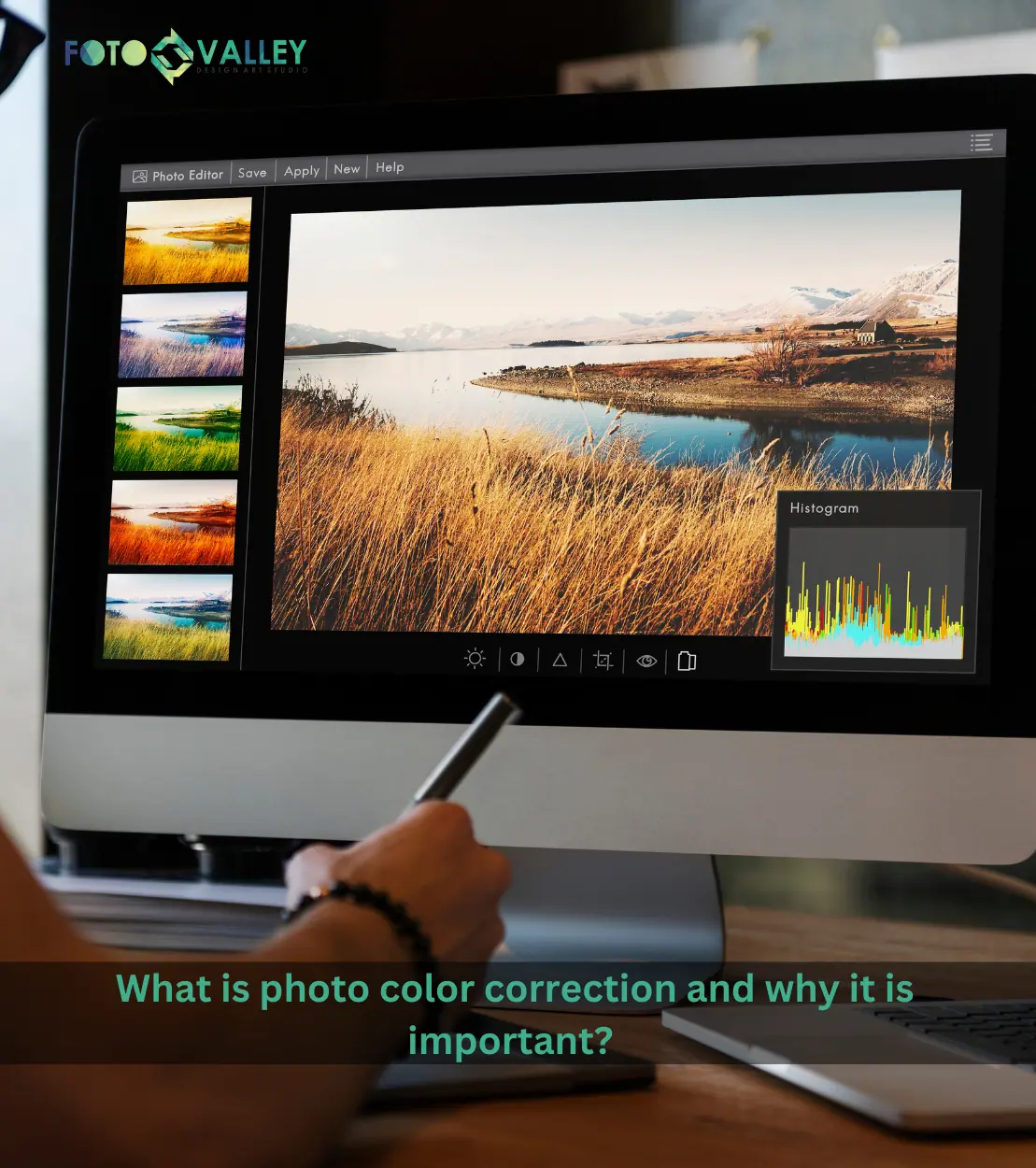There is no doubt that commercial photography is a truly rewarding experience. It also requires highly impressive elements of professional photo retouching or product photo editing skills. And if you want to be professional your workflow has to be set at par with the global domain as well.
Being successful in this domain is not that easy as you have to cultivate yourself a well-organized and productive routine. Why? It’s because you’ll have a bit of pressure in sticking onto client deadlines and being level-headed at the same to balance out unexpected issues or scenarios.
And above all else what count is that you should be a technically sound and adept photographer right from the start. And yes you will be caught up with all your shoots and post-production hassles which is why you could also consider outsourcing affordable image editing or professional retouching services.

So how do you build an excellent skill set in commercial photography? Let’s find out:
Be Well-Rounded
As with all commercial shoots, it all depends on how you can bring out a bigger picture with so little stuff. And you might have guessed that’s what it is with such clients, and we’d say you’re not wrong.
Well, the point is you have to be well-rounded in impressing clients to make their product look spectacular. They will at some point turn to you for the same for with your suggestions, and guidance or to completely build concepts for the shoot. Yeah we know it’s a bit over your head, but that’s what commercial clients and their project scopes require.
So make sure you know how to showcase the beauty of products, and that you’re an ace with the lighting setups as well. And it is kind of applicable in your product photo editing and professional photo retouching proficiency as well, well only if you want to do the post-production yourself.
Play with Different Shoot Angles
Sticking to just one type of shoot angle – nope, we wouldn’t suggest that. You have to experiment with different shoot angles to give products a personality, drama, and intriguing. It kicks away that ordinary, or everyday feel of products from shooting head-on.
Try snapping them in half with a close-up and it will have more personality with a story to tell. Product size also matters as you can it is best to shoot tall objects from below and flat ones from the side. What the angle thing does is that it changes the perspective about the product with a transformative effect.

The Mood Setting
This depends on how your composition becomes ambient when you set the appropriate mood. If you pull it off right, it’s a winner and brings a new perspective. That means you are not to limit yourself with simple or plain colored backgrounds as it might end up cliched.
Be creative, and experiment with different colors as well, along with exceptional lighting setup. This adds more elements to compliment the products.
Coming to the lighting part, you can spice things up with different colored lights for an alternate effect. And to go beyond, throw in some decorations or ornaments to build up the story element, or shapes that entirely different shapes to bringing interesting contrasts.
Bringing all this stuff is a good thing but always make sure that it doesn’t disturb the overall harmony of the shots.
Key Camera Equipment
Each photoshoot is different and requires the appropriate equipment to make it a success. In commercial photography, the tripod is a lifesaver. It can provide good stability to your shots eliminating blurs caused by shakes particularly in with up-close shots.
And close-up photos are best composed with a macro lens specially tailored to this type of photography. It can focus on the best details of products by getting close to them bringing in more intimacy to the shots.
Creating the Right Composition
The result is always dependent on your creativity that helps you compose the shots. You have to hook your viewers’ attention and eyes in your photos with the perfect execution.
So how you do it? All you have to do is to arrange products based on the traditional rule-of-thirds that will help with viewers’ eyes to naturally and logically move through the frame. It also brings in a more balanced nature to your photograph making it attractive as well.
You can enable this in your camera’s LCD screen by going to the settings which will let it get split into nine-square grids which is the basis of the rule of thirds.

Post-Production
Finally, it all comes down to this – the post-production stuff. You might have plenty of good shots, but as it is with commercial photography – there’s always room for improvement in your shots. And we are talking about your product photo editing skills. Majorly it’s about the color vibrancy in the photos, which if not up to the mark you can always enrich them using professional photo retouching software like Lightroom, or you can also eliminate faults and irregularities with Photoshop. So do your post-production stuff until you get the right result. If you’re new to it or find it difficult to manage through your busy schedule you can outsource it to affordable professional image editing or retouching services.
Start Small
Well, success isn’t overnight especially with commercial photography where big shots are ruling the field. So start building an excellent and solid portfolio that can impress and bag good client projects. You can do this taking up small jobs, and not by waiting for a big opportunity right from the start, as it is always about building a name in this field. And as you grow and build your reputation, you will have the best projects provided that you invest yourself at the maximum.
The above tips can guide you to develop good skills in commercial photography as well as in building a successful career in the same.











